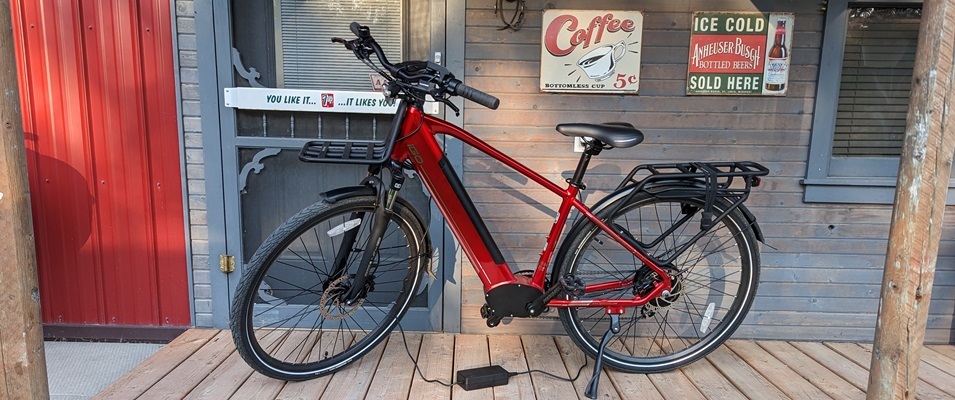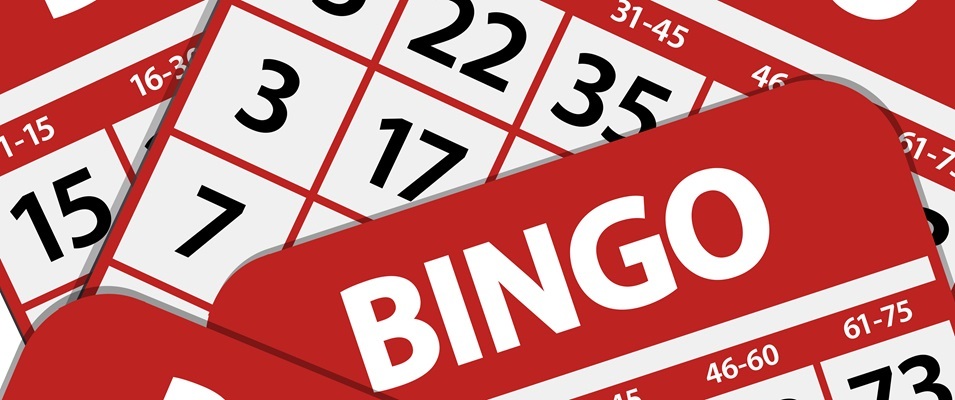
We live in an age of fast-charge technology where speed is king. Today, the lithium-ion battery is responsible for charging most personal electronic devices. But without proper use, it can pose grave risks.
The lithium-ion battery is currently the coolest kid on the technology block. It’s compact and light and has the capacity to store almost twice as much energy as its nickel-cadmium counterpart. For this reason, devices using lithium-ion can run longer between charges.
Electric vehicles (EVs), e-scooters, e-bikes, power tools, electric lawnmowers, electric vacuums, smartphones, e-cigarettes, and some electric toys are powered by lithium-ion batteries.
The dark side of these batteries, though, lies in their potential to experience thermal runaway, or overheating. The excessive heat they can produce, in combination with their highly flammable contents, can make them volatile. They can produce explosions and fires that are difficult to extinguish.
While burning, a lithium-ion battery is also said to emit excessive smoke and toxic gas. The degree of risk from this gas still isn’t fully understood.
“This is a front and centre issue in the fire service right now,” says Keith Bueckert, chief of the Niverville Fire and EMS Service. “It’s still something that fire services is trying to catch up to.”
Until recently, most public awareness has come via online videos capturing fantastic lithium-ion explosions. They look like fireworks displays gone wrong.
The National Fire Protection Association (NFPA) has begun working on an awareness campaign to warn the public as well as equip fire departments on the appropriate ways to manage fires started by lithium-ion batteries.
“Electric vehicles are becoming more and more popular and they’re being charged in people’s garages or in public spaces,” Bueckert says. “And then we also have the e-bikes and e-scooters. These are the ones that I think people are seeing those fantastic explosions that are being caught on personal security cameras and stuff like that.”
It’s important to note, Bueckert adds, that many mobility scooters, like those used by senior citizens, are powered by lead acid batteries similar to that of a gas-powered car. If you have to charge the battery on a regular basis, it’s likely a lithium-ion battery.
According to the NFPA, most of the lithium-ion battery’s risks can be mitigated through safe use and safe charging.
“People are sometimes using aftermarket batteries on a product and that is a really big no-no,” says Bueckert. “Charging devices that are specifically designed for a product usually have a shutoff that’ll stop the charging once it reaches a full charge.”
Overcharging a lithium-ion battery, Bueckert says, may be one reason for it to overheat. Other risks include using charge cords and adaptors that aren’t made specifically for a device or haven’t been approved by Canadian safety standards associations.
Impact and moisture are another two reasons why a lithium-ion battery might become defective. Every time your phone or e-reader is dropped, or your scooter or e-bike is exposed to moisture, battery failure is a risk.
According to the NFPA, signs to watch for include battery odour, a change in colour or shape, leaking, or odd noises.
Unfortunately, most electronics owners choose to take the risk and continue using their device since the battery can be the most expensive component.
In that case, understanding the risks and how to manage them are essential.
Firstly, Bueckert says it’s important to know that lithium-ion fires need to be treated differently from other fires.
“These things need rapid cooling and your fire extinguisher is more designed to inhibit oxygen from a fire,” Bueckert says. “They’re not designed to cool an object.”
Likewise, he adds, the use of a fire blanket may also prevent the battery from adequately cooling down.
If it’s already burning, there’s only one option: get the family to safety and call 911.
Ideally, though, a battery fault can be stopped before it gets out of control. If smoke is detected while a battery is being charged, or if the battery seems abnormally hot, it’s a good idea to disconnect it from the charging source as quickly as possible.
If it’s safe to do so, Bueckert adds, remove the device from the household and put it in a location where it can cool off well away from flammable items.
“If you’re unsure, just call us,” Bueckert says. “We’re going to be ten minutes away because we have to come to the hall. But better to call 911 while it’s still a small thing rather than waiting. If you can’t guarantee your safety or the safety of others, make the call.”
Prevention is the best way to avoid a bad situation. For this reason, Bueckert offers tips on good charging techniques.
Firstly, he says, ensure that your battery remains cool and well-ventilated during a charge.
He recalls an incident which saw his team called out to a bedroom fire one night. The cause of the fire? A cellphone that overheated while it was charging between the mattress and pillow the user slept on.
Charging a battery in high temperatures or direct sunlight can also be an issue.
“They want the batteries charged at room temperature,” Bueckert adds. “So maybe you can take the battery off the unit and charge it independently somewhere else.”
Other common sense tips include never leaving a charging battery unattended and making sure it’s in a location where it doesn’t put anyone’s life at risk if it should catch fire.
“E-bikes and e-scooters are being charged in hallways and in egresses of apartments or houses,” Bueckert says. “So now, if they have a failure, your exit is blocked by a fire.”
If possible, he says, they should be charged in a garage which is equipped with a heat detector that’s tied into the home’s smoke alarm system and has a proper firewall to prevent flames from spreading to the house.
As for EVs, Bueckert says that fire departments have had to adopt different methods for extinguishing those as well.
“EVs, when they start burning, they can burn for days,” says Bueckert. “It has such an intense amount of heat that it won’t stop because they tend to rekindle.”
For this reason, specialty equipment is needed.
“In your normal car fire, you can attack the fire from the top down,” says Bueckert. “What they’re telling us with electric vehicles is that you’re doing it from the bottom up. So we have a type of nozzle on our truck that we would slide underneath the vehicle and we just start providing copious amounts of water to the battery to cool it.”
When it’s time to dispose of a lithium-ion battery, the NFPA asks users not to throw them in the trash but rather to dispose of them through the proper recycling channels.
Both Bristal Hauling and the Ritchot landfill accept lithium-ion batteries.



















